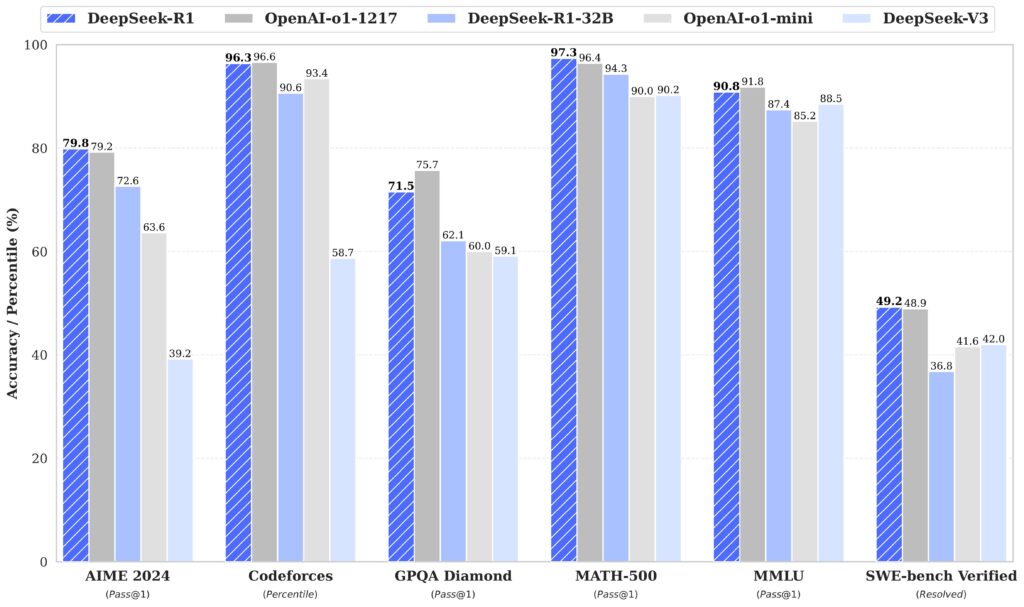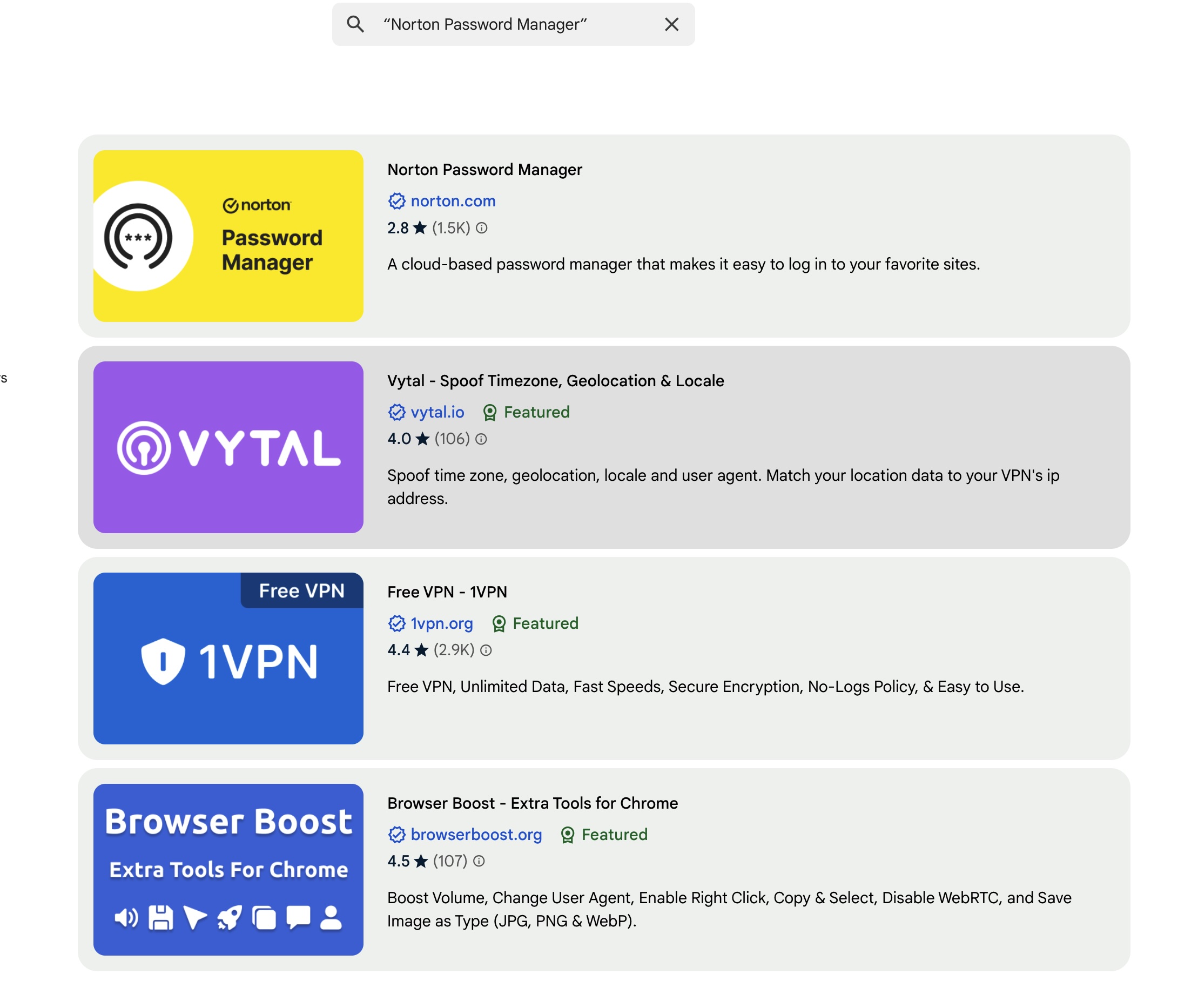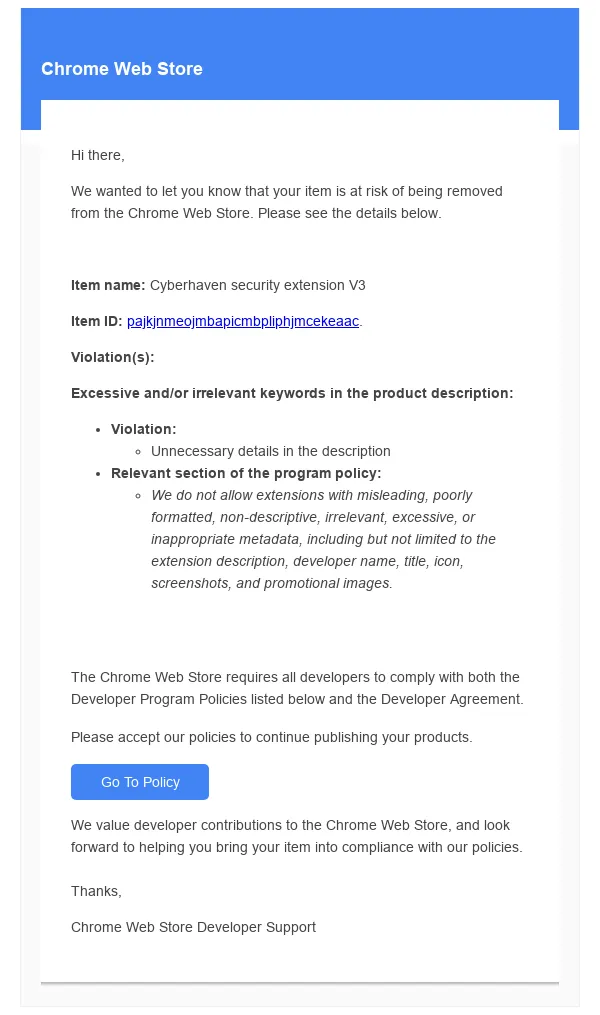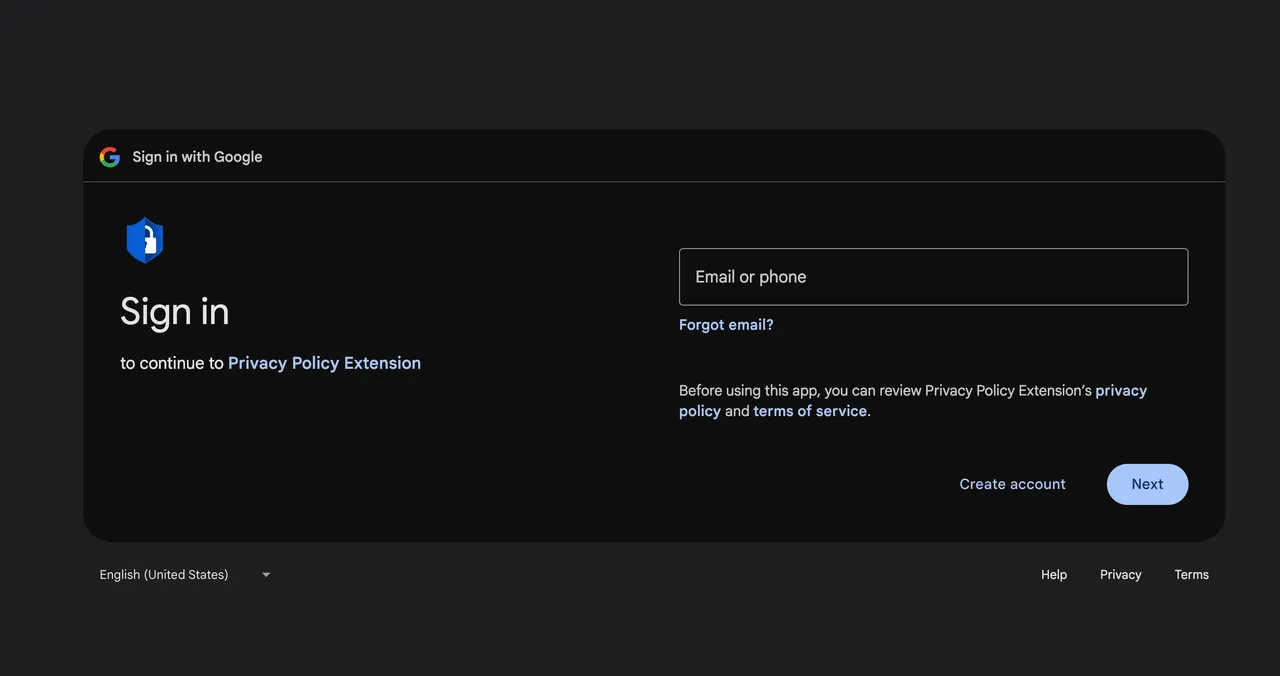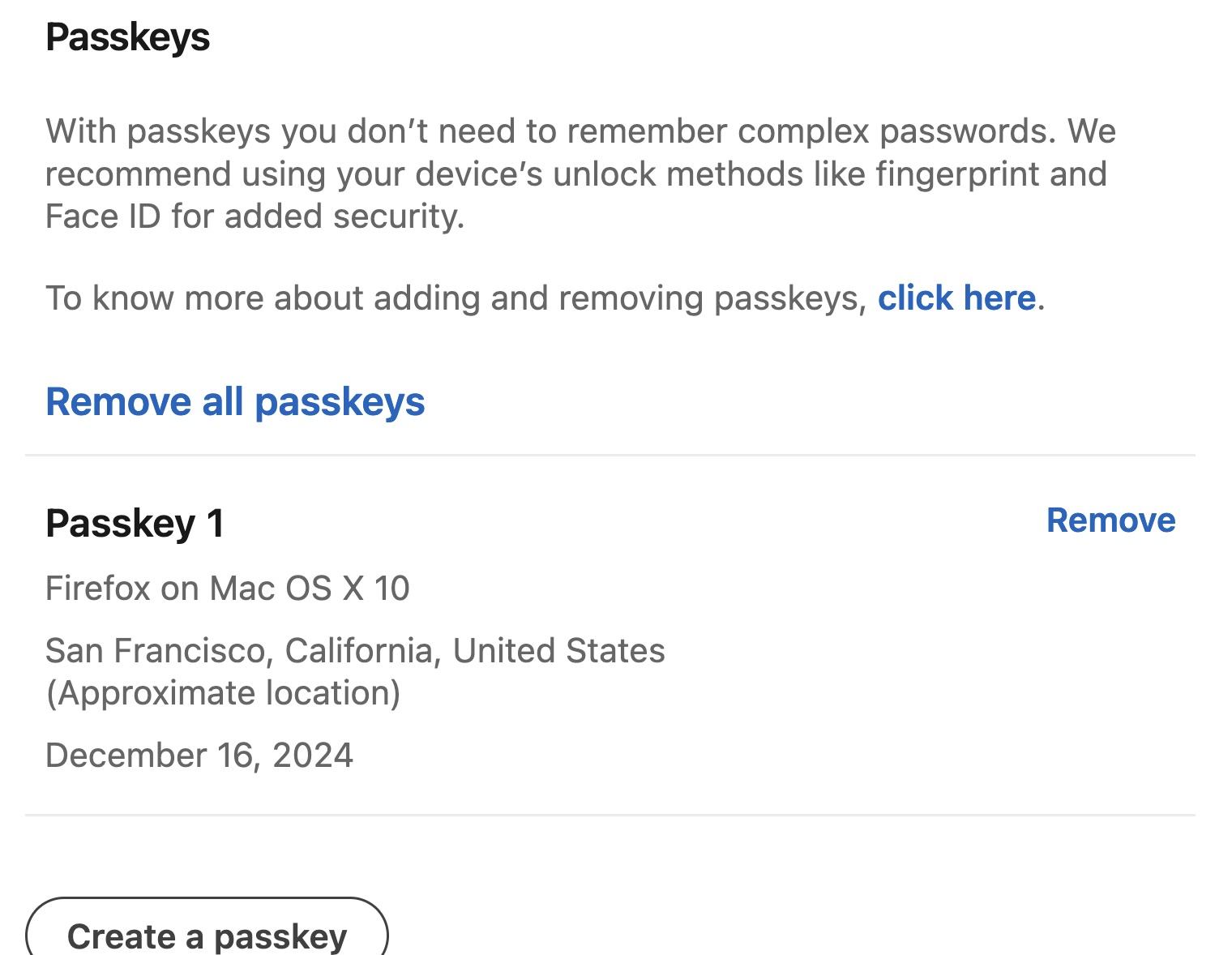A long, costly road ahead for customers abandoning Broadcom’s VMware
“We loved VMware, and then when Broadcom bought ‘em, we hated ‘em.”
Broadcom’s ownership of VMware has discouraged many of its customers, as companies are displeased with how the trillion-dollar firm has run the virtualization business since buying it in November 2023. Many have discussed reducing or eliminating ties with the company.
Now, over a year after the acquisition, the pressure is on for customers to start committing to a VMware subscription, forego VMware support, or move on from VMware technologies. The decision is complex, with long-term implications no matter which way a customer goes.
Ars Technica spoke with an IT vendor manager who has been using VMware’s vSphere since the early 2000s. The employee, who works for a global food manufacturing firm with about 5,500 employees, asked to keep their name and company anonymous due to privacy concerns for the business.
“We love it. … It’s hard for us to figure out how we can live without it, but we’re going to,” the IT manager said.
The food manufacturer has about 300 VMware virtual machines (VMs), and every company application runs on top of VMware. Its five-year enterprise agreement with VMware expired in December, making the manufacturer ineligible for VMware support unless it buys a VMware subscription. The company started exploring virtualization alternatives this summer because costs associated with running vSphere are set to rise fourfold, according to the IT manager. As with other VMware customers, the price increases are largely due to Broadcom bundling unwanted VMware products together.
“They wouldn’t sell us what we need,” the IT manager said.
While it looks for a new platform, the manufacturer is relying on support from Spinnaker, which started offering software maintenance support for VMware following Broadcom’s acquisition. In an example of how widespread VMware support concerns are, Spinnaker’s VMware support business has had more leads than any of Spinnaker’s other support businesses, including for Oracle or SAP, said Martin Biggs, Spinnaker’s VP and managing director of strategic initiatives and EMEA.
Organizations contacting Spinnaker are reporting price increases of “3–6x” on average, Biggs told Ars. The largest price rise Spinnaker has heard about is a reported twentyfold increase in costs, he said.
Biggs said that Broadcom has started to discount some subscriptions, with price increases going from seven- or eightfold to three- or fourfold, or “sometimes a little bit less.” This could pressure customers to commit to VMware while terms are more favorable than they might be in the future. Speaking to The Register this month, Gartner VP analyst Michael Warrilow said he feared Broadcom would raise VMware prices higher in the future.
Heightening the potential consequences associated with staying with or leaving VMware, Warrilow emphasized that Broadcom prefers two- or three-year subscriptions, meaning customers may find themselves facing a more pricey VMware sooner than later.
“Everybody’s asking what everybody else is doing, and everybody else is asking what everybody else is doing, so nobody’s really doing anything,” he said.
The Register also recently reported that customers are being pressured into three-year long VMware subscriptions, citing an unnamed VMware customer that it spoke with and a discussion on Reddit. When reached for comment, Broadcom only referred The Register to a June blog post by Broadcom CEO Hock Tan about evolving VMware strategy.
Losing support
Support is a critical factor for numerous customers considering migrating from VMware, especially because VMware perpetual licenses are no longer being sold or supported by Broadcom. But there’s also concern about support offered to clients with subscriptions.
For the food manufacturer currently researching VMware rivals, a perceived lack of support under Broadcom was also a deterrent. The company’s IT manager said that after Broadcom bought VMware, the manufacturer was no longer able to contact VMware directly for support and was told in July that it should direct problems to IT distributor Ingram Micro moving forward.
The manager said this information was relayed to the customer after a support ticket it filed was automatically moved to Ingram, with Broadcom telling the firm it wasn’t big enough to receive direct support. Ingram’s response times were a week or longer, and in December, Ingram announced a severe reduction of its VMware business (VMware still works with other distributors, like Arrow).
Support concerns from VMware resellers started before Ingram’s announcement, though. An anonymous reseller, for example, told CRN that it had to wait a month on average for VMware quotes through a distributor, compared to “two to three days” pre-Broadcom. The Register, citing VMware customers, also reported that Ingram was having difficulties handling “the increased responsibilities it assumed,” citing VMware customers.
Migration is burdensome
In a January Gartner research note entitled “Estimating a Large-Scale VMware,” Gartner analysts detailed the burdens expected for large-sized companies moving off of VMware. The note defined a large-scale migration as a “concerted program of work covering the migration of a significant portion of virtualized workloads” that “would likely represent 2,000 or more” VMs, “and/or at least 100 hosts.” That’s a much larger migration than the food manufacturer’s 300 VMs, but Gartner’s analysis helps illustrate the magnitude of work associated with migrating.
Gartner’s note estimated that large-scale migrations, including scoping and technical evaluation, would take 18 to 48 months. The analysts noted that they “expect a midsize enterprise would take at least two years to untangle much of its dependency upon VMware’s server virtualization platform.”
The analysts also estimated migration to cost $300 to $3,000 per VM if the user employed a third-party service provider. Critically, the report adds:
It is highly likely that other costs would be incurred in a large-scale migration. This includes acquisition of new software licenses and/or cloud expenses, hardware purchases (compute, storage), early termination costs related to the existing virtual environment, application testing/quality assurance, and test equipment.
The heavy costs—in terms of finances, time, and staff—force customers to face questions and hesitations around leaving VMware, despite many customers facing disruption from Broadcom-issued changes to the platform.
When asked if there’s anything Broadcom could do to win back the food manufacturer’s 300 VMs, its IT manager told Ars that if Broadcom offered a subscription to vSphere alone, the manufacturer would reconsider, even if subscription costs were twice as expensive as before.
For the global food manufacturer, the biggest challenge in ditching VMware is internal, not technical. “We just don’t have enough internal resources and timing,” the manager said. “That’s what I’m worried about. This is going to take a lot of time internally to go through this whole process, and we’re shorthanded as it is. It’s such a big, heavy lift for us, and we’re also very risk averse, so swapping out that piece of technology in our infrastructure is risky.”
Stuck between a rock and a hard place
VMware users are now at a crossroads as they’re forced to make crucial decisions for their IT infrastructure. Ditching or sticking with VMware both have long-lasting implications; migrations are onerous and pricey, but life under Broadcom will be expensive, with potential future bumps and twists.
Broadcom has previously responded to Ars’ and others’ requests for comment around customer complaints with blog posts from Broadcom’s Tan that emphasize commitment to VMware’s strategic changes. But some will brave costly challenges to avoid those moves. Summarizing their take on Broadcom’s changes, the food manufacturer’s IT executive said, “We loved VMware. And then when Broadcom bought ’em, we hated ’em.”
A long, costly road ahead for customers abandoning Broadcom’s VMware Read More »




